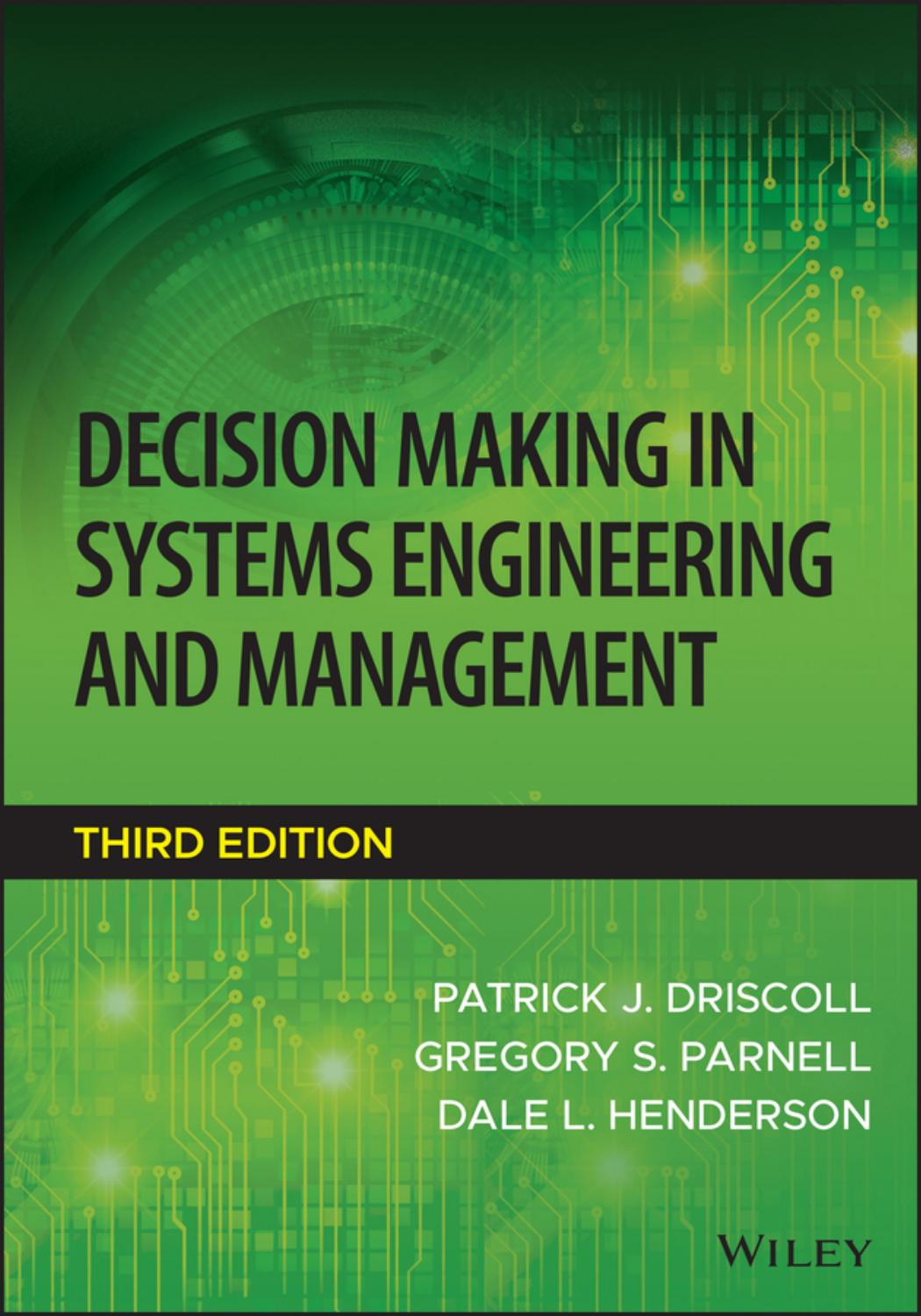

Most ebook files are in PDF format, so you can easily read them using various software such as Foxit Reader or directly on the Google Chrome browser.
Some ebook files are released by publishers in other formats such as .awz, .mobi, .epub, .fb2, etc. You may need to install specific software to read these formats on mobile/PC, such as Calibre.
Please read the tutorial at this link: https://ebookbell.com/faq
We offer FREE conversion to the popular formats you request; however, this may take some time. Therefore, right after payment, please email us, and we will try to provide the service as quickly as possible.
For some exceptional file formats or broken links (if any), please refrain from opening any disputes. Instead, email us first, and we will try to assist within a maximum of 6 hours.
EbookBell Team

4.1
70 reviewsA thoroughly updated overview of systems engineering management and decision making
In the newly revised third edition of Decision Making in Systems Engineering and Management, the authors deliver a comprehensive and authoritative overview of the systems decision process, systems thinking, and qualitative and quantitative multi-criteria value modeling directly supporting decision making throughout the system lifecycle. This book offers readers major new updates that cover recently developed system modeling and analysis techniques and quantitative and qualitative approaches in the field, including effective techniques for addressing uncertainty. In addition to Excel, six new open-source software applications have been added to illustrate key topics, including SIPmath Modeler Tools, Cambridge Advanced Modeller, SystemiTool2.0, and Gephi 0.9.2.
The authors have reshaped the book’s organization and presentation to better support educators engaged in remote learning. New appendices have been added to present extensions for a new realization analysis technique and getting started steps for each of the major software applications. Updated illustrative examples support modern system decision making skills and highlight applications in hardware, organizations, policy, logistic supply chains, and architecture.
Readers will also find:
Thorough introductions to working with systems, the systems engineering perspective, and systems thinking
In-depth presentations of applied systems thinking, including holism, element dependencies, expansive and contractive thinking, and concepts of structure, classification, and boundaries
Comprehensive explorations of system representations leading to analysis
In-depth discussions of supporting system decisions, including the system deci
…